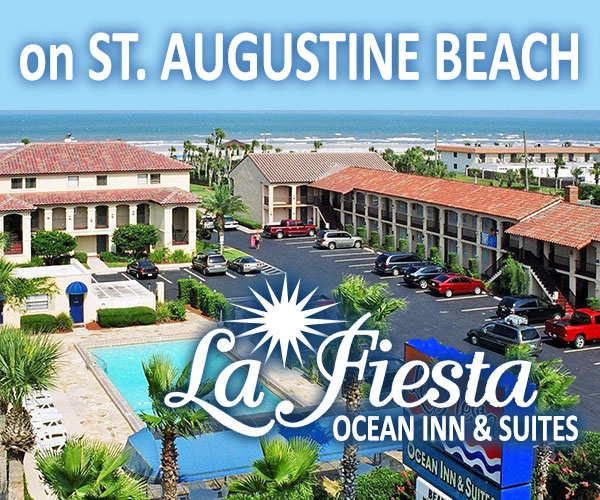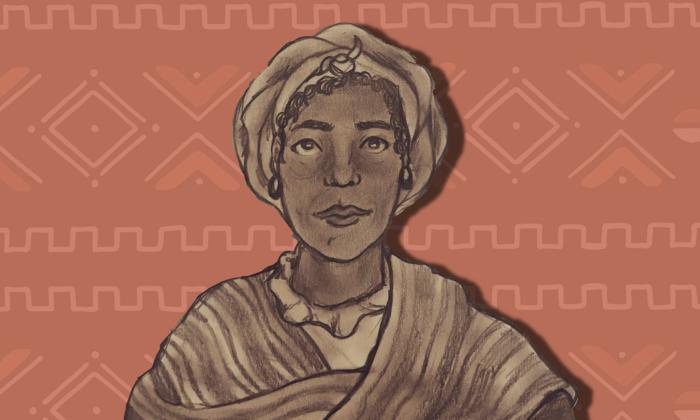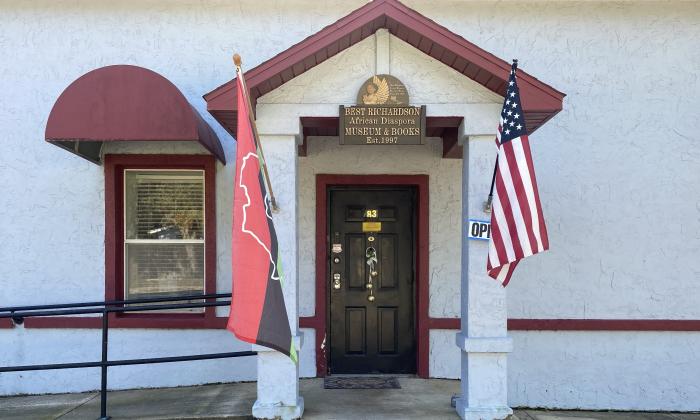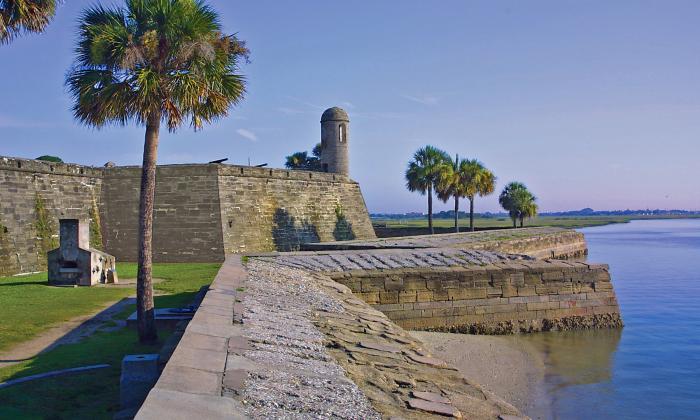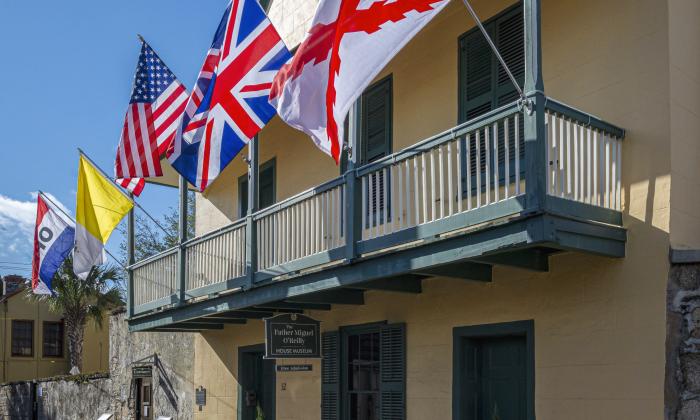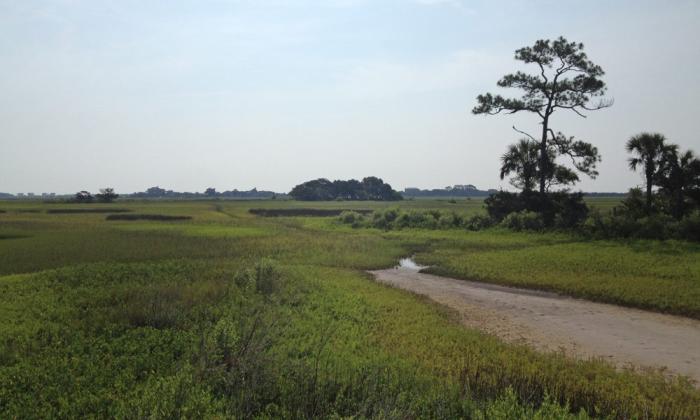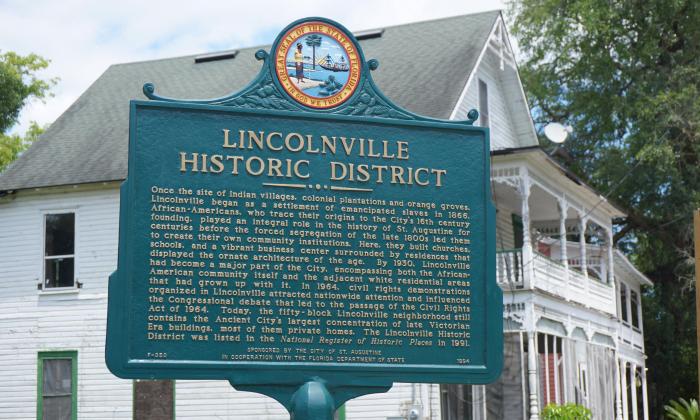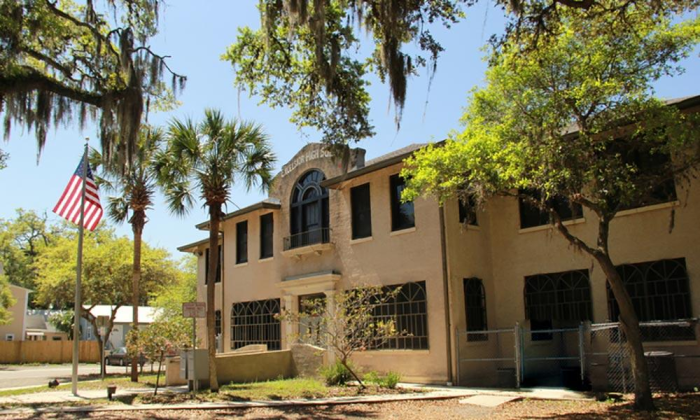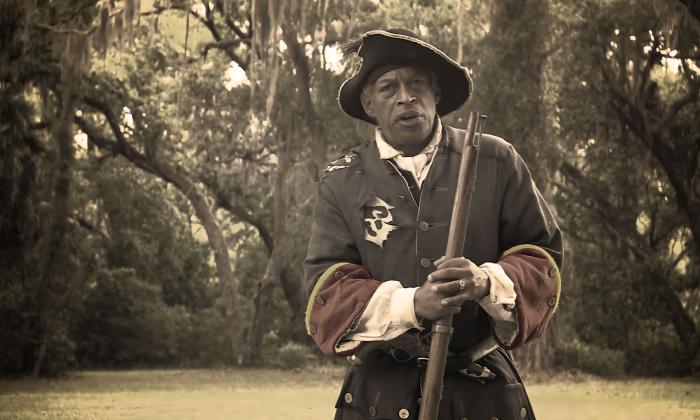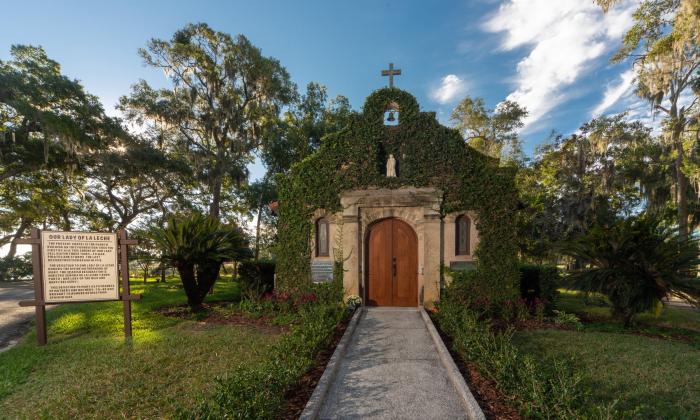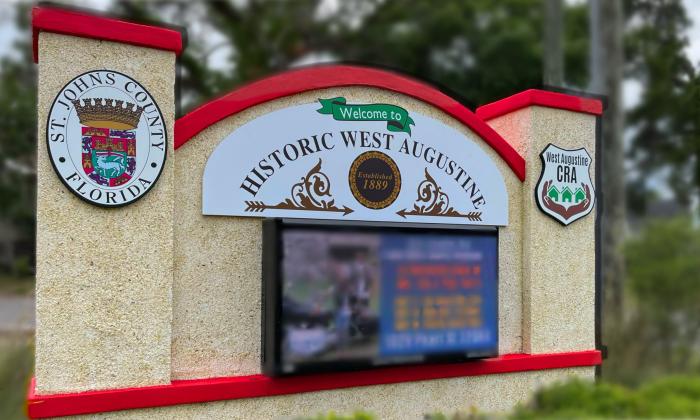
First Spanish Period (1565-1763)
Birth of St. Augustine.
A Catholic Colony
One of the main purposes of the colony of La Florida was to missionize the Indigenous people who lived here, converting them to Catholicism and imparting European lifestyles. By 1704, Spaniards had established nearly 150 missions throughout the peninsula.
African-descended people (both free and enslaved) during the First Spanish Period lived closely with their Indigenous and Spanish neighbors, sometimes intermarrying.
One of St. Augustine’s early African citizens became America’s first Christian bride, Luisa de Abrego, who lived free as a domestic servant in Sevilla before traveling with the founding crew of San Augustín.
Spanish Policy of Slave Sanctuary
In the late 1600s and early 1700s, San Agustín became the first destination of the Underground Railroad, accepting enslaved people escaping from the British Carolinas.
Fort Mose — the first legally sanctioned free Black settlement in the continental United States — was founded in 1738.
Resources
Online Resources
African Americans in St. Augustine 1565-1821, article & video from NPS & Castillo de San Marcos
Colonial Florida: Digital History, lecture by Dr. J. Michael Francis for the Library of Congress
Setting the stage: The early Spanish Period in Florida 1565-1763, article from Florida Humanities
Learning Resources from Resilience: Black Heritage in St. Augustine
St. Augustine: America’s Ancient City Exhibit Timeline, from the Florida Museum
Guide to Black History Collections in the Archives of Florida, from Florida Memory
Florida History Online, database from the University of North Florida
The First Spanish Period, summary from NPS & Castillo de San Marcos
Further Reading
Hann, John H. 1996. A History of the Timucua Indians and Missions. University Press of Florida.
Worth, John E. 2020. The Timucuan Chiefdoms of Spanish Florida series. University Press of Florida.
"The Stono Rebellion at a Glance, "article by Peter H. Wood & Corrie Hipp
Black History of Florida: A Reading List, from The Florida Bookshelf


